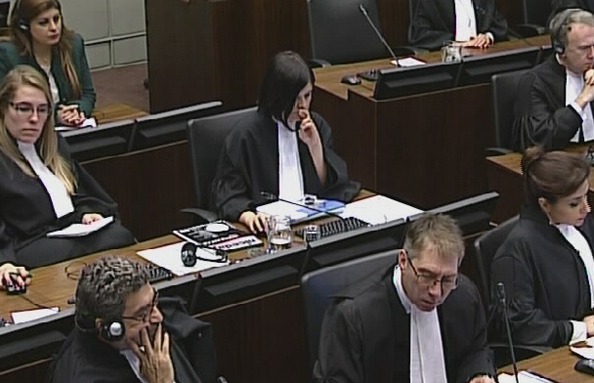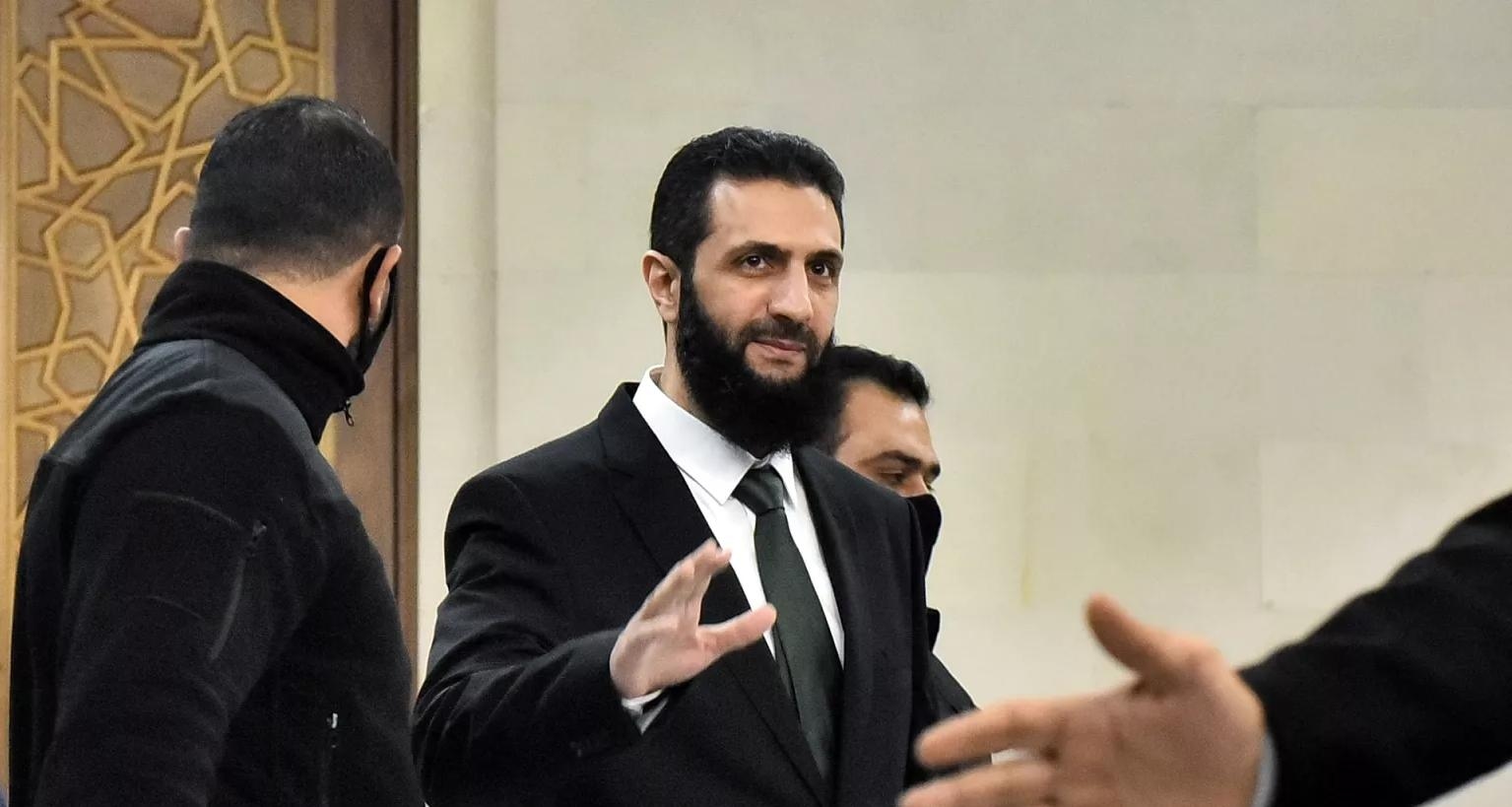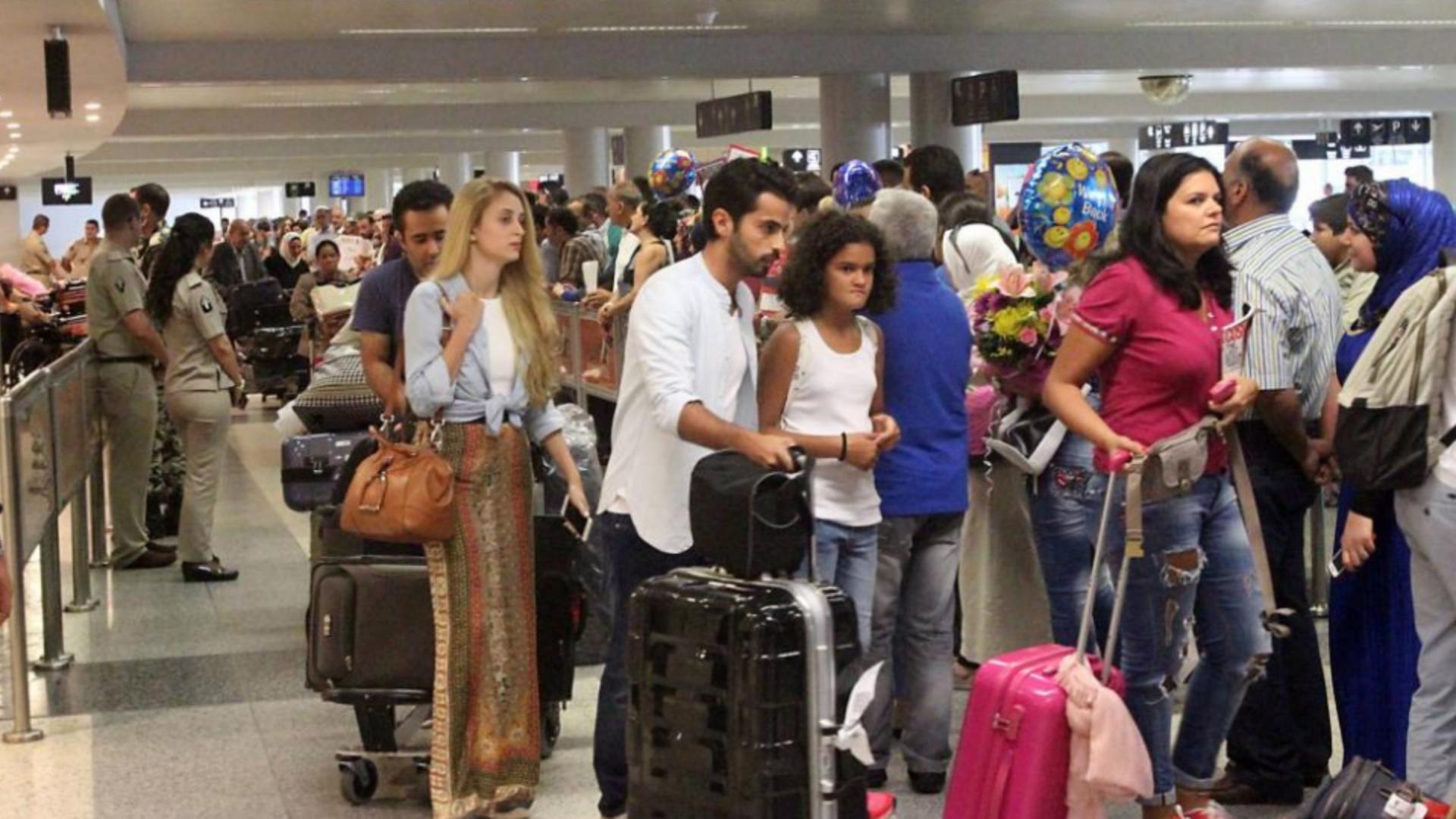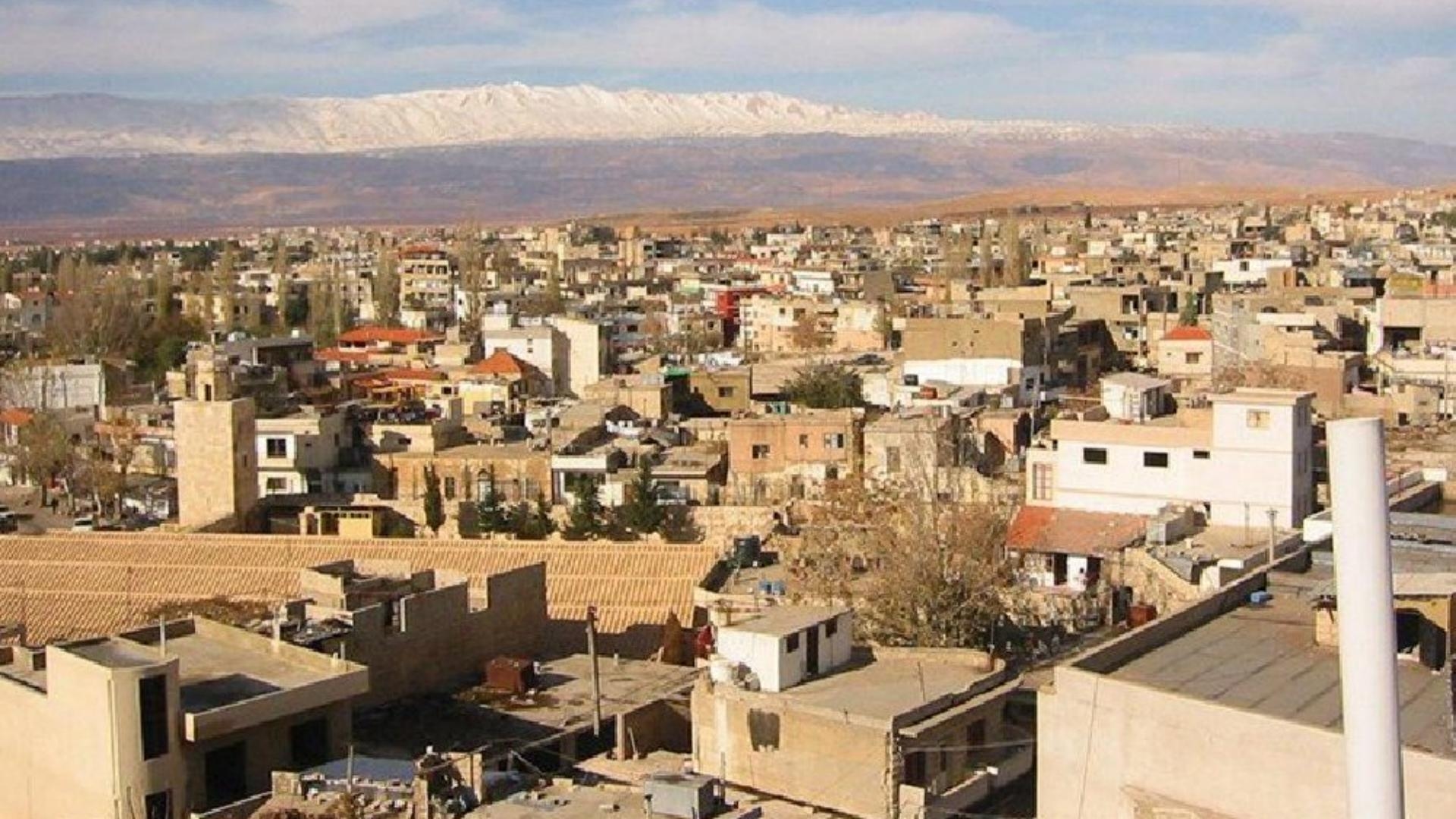The Special Tribunal for Lebanon kicked off Friday its second day of deliberations as it has launched the trial in absentia of four Hezbollah members accused of plotting the assassination of former Lebanese premier Rafiq Hariri in 2005.
A fifth suspect, Hassan Habib Merhi, was indicted last year and his case may yet be joined to the current trial.
The prosecution detailed the rest of evidence relying on telecommunications data, showcasing how the co-conspirators communicated as they were plotting the most outrageous crime in Lebanon’s contemporary history.
The STL’S co-Prosecutor Graeme Cameron how the key plotters had sought a ‘scapegoat’ to achieve their scheme and, therefore, recruited a man named Abu Adass to falsely claim responsibility for the attack on behalf of the so-called Nusra and Jihad in Greater Syria.
Cameron outlined telecommunications evidence showing that Abu Adass was communicating with a man called “Mohammad,” who the prosecution claimed to be Hussein Hassan Oneissi (one of the five indicted suspects).
According to the prosecution’s data, “Mohammad” had phone called Abu Adass on the evening of January 15, 2005. The 22-year-old man told his family that “Mohammad”, who had a surprise for him, will pick him up the next day and that he will be back to help clean the carpet.
Abu Adass departed his home on January 16, 2005, and was never seen again since then.
A caller telephoned his family the next day, saying Abu Adass was stuck in Tripoli after his car broke down and that he would be coming back to “clean the carpet.” A second call, however, refuted the before-mentioned claim, saying that Abu Adass was willing to go to Iraq and would not be coming back.
Cameron also discussed the purchase of the Mitsubishi Canter van, which was used in the attack. He noted that the vehicle was put for sale in Tripoli’s al-Beddawi area and purchased on January 25, 2005.
The blue and yellow phone networks, which were linked to the purchase of the van, were activated in an area north of Tripoli around the time the vehicle was bought, the prosecution noted.
The prosecution said that the conspirators had chosen the Sunni-majority city of Tripoli as a pivotal center to their movements and recruited a Sunni man to claim responsibility for the attack in a bid to keep a false trail and disorient the investigators.
Legal representatives for the victims are set to address the court at 3PM Beirut time.









